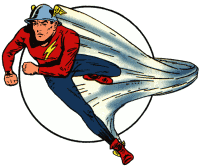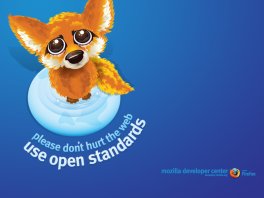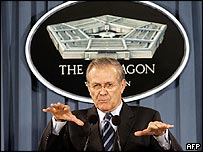I had an interesting thought looking at the Blog Action Day, um, blog, which remarked on what, for me, was Sunday:
And so we come to it at last… Blog Action Day has now officially begun for the first countries closest to the International Dateline.
I realized that it wasn’t going to stop after 24 hours the way that, for instance, Slashdot’s April Fools days run (GMT midnight to midnight). The event was designed to be October 15—not October 15 in a particular time zone. If you start with the first zone to reach a date, and run through the last zone to finish it, “October 15” would last about 48 hours.
I’m too sleepy to do the math myself, so I’ll trust Wikipedia’s entry on Time Zones:
Because the earliest and latest time zones are 26 hours apart, any given calendar date exists at some point on the globe for 50 hours. For example, April 11 begins in time zone UTC+14 at 10:00 UTC April 10, and ends in time zone UTC-12 at 12:00 UTC April 12.
So there you have it: a worldwide event tied to a calendar day but no time zone lasts 50 hours.
And here you thought things moved faster on Internet Time!


